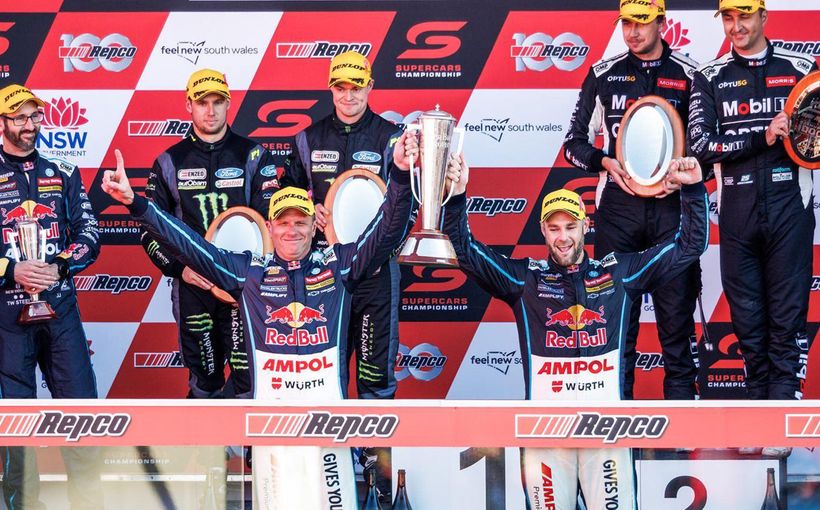John Bowe Explains Motorsport's Race Categories

As the Shannons Club is full of car and motoring enthusiasts, I'm constantly asked about motorsport. Even though motorsport is covered much better in terms of TV coverage than it ever has been, there is still a lot of misinformation circulating about specific categories.




Front and centre are the Heritage Touring Cars categories consisting of Group C Touring Cars, catering for vehicles with a competition history established in 1972 until the end of 1984 and Group A Touring Cars, with a competition history established in 1985 until the end of 1992.
The Group C and Group A categories require that the cars raced in the period and be as close to the original spec as humanly possible with their original liveries, which we all love. These requirements have escalated the prices dramatically over the years, but help retain the nostalgia of the past.




Then we have the Group N Touring Cars category and the category I race in; the Touring Car Masters (TCM).
Let's take Group N first, also known as Historic Touring Cars. It's a state-based category broadly catering for production touring and touring cars up to 1972. Mustangs and Camaros generally dominate the outright places. Still, there is good variety through the fields, such as Cortina's, Minis and the odd Jaguar and Mazda, all things I remember growing up in Tassie.
The cars are pretty restricted in their specification to reflect how they were in the period, such as drum brake rear ends, standard synchro gearboxes and the steering systems of the day, which were quite bad. There is no advertising on the cars, meaning obtaining sponsorship is impossible if you are competing in Group N.
The engines, however, are way better than they were back in the day. Engine builders are much more innovative now, with access to infinitely better parts than in the past. For instance, a Falcon GTHO will give well over 600 horsepower now, but 400 was a good number in the seventies, this puts lots of strain on drivetrains and brakes, but the rules have not changed in decades which is a positive for the category.
In the case of my category, I don't mean mine, but I have spent the past ten years competing in Touring Car Masters with some success. I was attracted to the racing first because it's a National Championship, and advertising is allowed meaning I could obtain sponsorship; I've been very fortunate to have had lots of commercial support. Another positive is that our events are televised, which helps give value to the supporters and sponsors. The TV coverage is usually live, and Aussie folk love their live sports.




Back to the cars now, reasonable modifications are allowed. Such as a racing gearbox - four speeds only, developed in the USA for racing, and most cases are very strong and reliable, which is more than can be said for the production gearboxes in Group N.
We are allowed four-wheel disc brakes - a good safety factor, in my opinion, a stronger differential for cars that are weak in that area and aftermarket alloy cylinder heads - because the old cast iron ones are hard to find in good condition.
Group N and TCM classes share the exact wheel dimensions, 8-inch wide by 15-inch diameter. So by modern standards, both categories are overpowered and under tyred. The steering systems are also allowed to be more modern, rack and pinion systems for more accuracy, and if you so desire, power steering, even if the original car didn't come with power steering.
These categories provide great racing and many challenges for drivers; I love driving and racing in both. But my main focus is TCM because of the reliability and the commercial reality.
TCM allows cars up until the late seventies, so now we see a smattering of XD Falcons and early Commodores on track or being built. TCM also has Toranas, Camaro, Mustangs, Falcons and the odd Mopar.
Australia has always had a love affair with sedan racing; today, it's no different. The COVID shutdowns and hardships caused have made me much more aware of how lucky we are to have motor racing in our lives. Whatever class takes your fancy, my recommendation is to get stuck in.
See you at the track,
If you have any questions, don't hesitate to leave a comment.
JB








